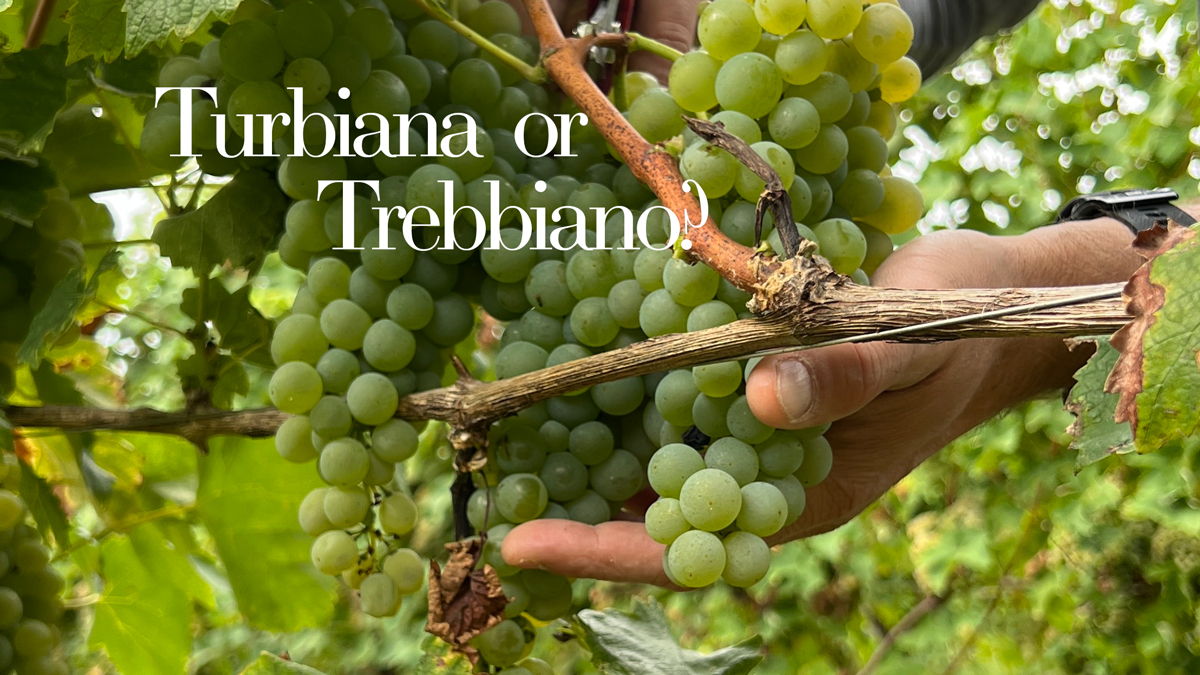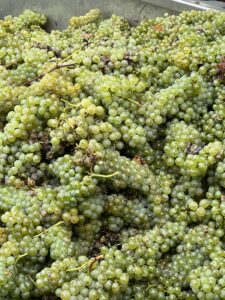
Turbiana or Trebbiano. We are often asked about the difference between Turbiana and Trebbiano vineyards, especially by those who do not live in our territories.
Turbiana and Trebbiano grapes come from the same variety (the Trebbiano “family” is very large), they are harvested at about the same time and both are resistant and very productive, but they are very different clones*.
Trebbiano
Trebbiano is one of the most widespread white grape varieties in central Italy (especially in Tuscany, Abruzzo, Emilia Romagna, Lazio) and Europe (mainly in France) since the Middle Ages. It is also known as UgniBlanc and is mainly known for being light, with a strong acidity and not too structured. Known for being easy to drink, it is often considered suitable in combination with other grapes.
Turbiana
Turbiana, the grape used to produce Lugana D.o.c., is a native white grape variety that has been cultivated for centuries in the south area of Lake Garda limited to Sirmione, Desenzano, Lonato, Pozzolengo and Peschiera, therefore straddling two provinces (Brescia and Verona) and two regions (Lombardy and Veneto). The winemaking tradition of these lands dates back at least to the Romans and the origin of Lugana DOC has been certified since the eighteenth century. The Controlled Designation of Origin of «Lugana» wines was recognized with a Decree of the President of the Republic of 21 July 1967, making it one of the first Italian DOC.

Characterized by a medium-sized bunch and thick-skinned grapes, Turbiana grows on a mineral soil of clay and limestone, ventilated by lake breezes. The intense and distinct aromatic profile is typically given by fruity, citrus and sometimes tropical notes enclosed in a straw yellow with golden reflections.
It is characterized by freshness, finesse, elegance; flavor and structure make it extremely gastronomic and versatile at the table; longevity and capacity for evolution distinguish it from many other white grapes in the world.
What is a clone
* A clone develops mainly from spontaneous natural mutations that occur randomly in a vine. Clonal selection enhances the genetic variety of the species by “fixing” the mutations through vegetative propagation. An important clonal selection project is underway in the Lugana production area to identify the specificities of the cultivars present in the area.
Discover all the Lugana Doc wines by Citari

